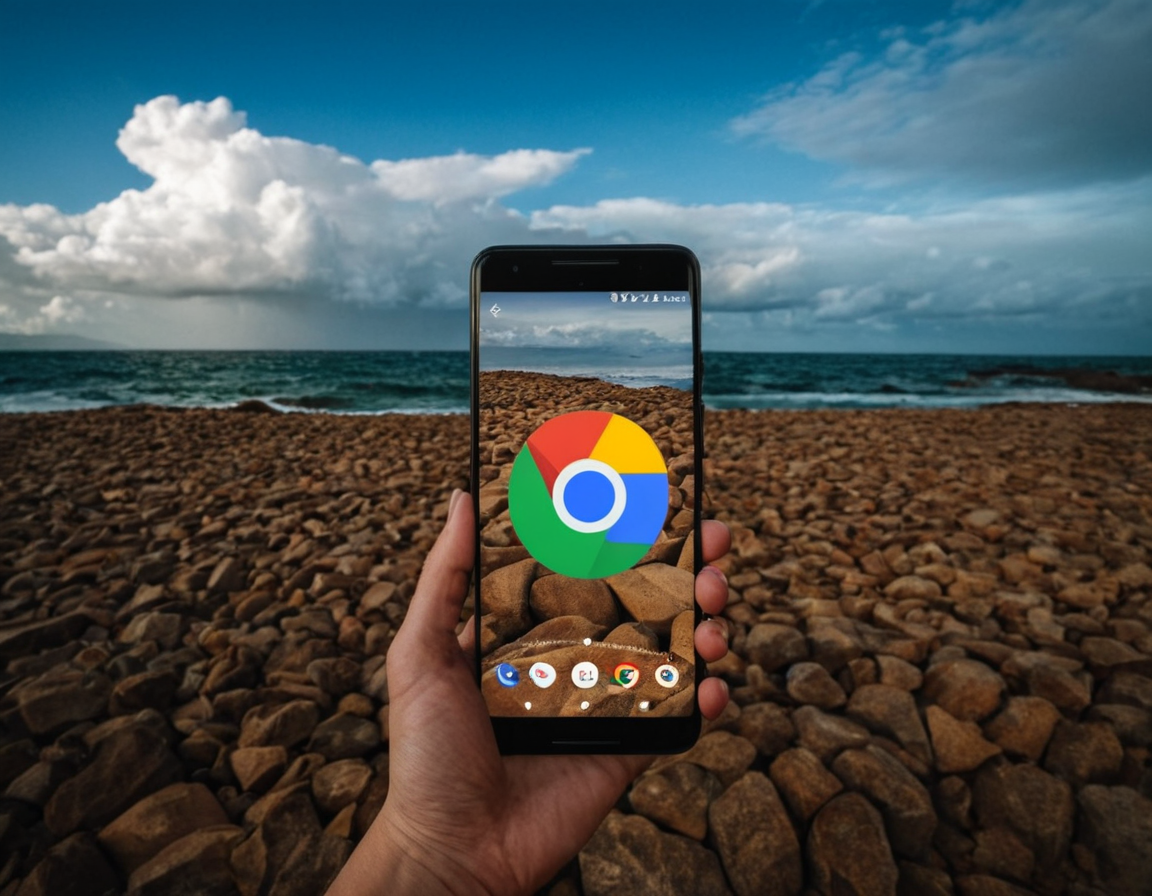AI Loss Recovery in Google Photos

A Deep Dive into Google Photos’ AI-Powered Loss Prevention and Recovery Features
Introduction
Google Photos has become an indispensable tool for millions of users worldwide, thanks to its robust features and seamless user experience. However, with great power comes great responsibility, and this is where the AI-powered loss prevention and recovery features come into play. In this article, we will delve into the intricacies of these features, exploring their functionality, benefits, and potential applications.
What are Loss Prevention and Recovery Features?
Loss prevention and recovery features in Google Photos aim to safeguard user data by implementing measures that prevent unauthorized access or misuse of sensitive information. These features leverage advanced AI and machine learning algorithms to identify and mitigate potential risks.
How Do these Features Work?
The exact mechanisms behind these features are complex and proprietary, but we can outline the general principles:
- Anomaly Detection: Google Photos employs sophisticated algorithms that analyze user behavior and activity patterns. This enables the system to detect unusual or suspicious actions, which may indicate potential security threats.
- Behavioral Analysis: By studying user behavior, these features can identify patterns that may be indicative of malicious intent. This allows the system to flag potentially sensitive information for review.
- Collaboration with Law Enforcement: In cases where serious security breaches are suspected, Google Photos collaborates with law enforcement agencies to investigate and address the issue.
Benefits and Potential Applications
The AI-powered loss prevention and recovery features in Google Photos have several benefits:
- Enhanced Security: These features significantly enhance the overall security of user data, making it more difficult for malicious actors to access sensitive information.
- User Protection: By identifying potential risks and taking proactive measures, these features help protect users from various types of cyber threats.
- Compliance with Regulations: By implementing robust security measures, Google Photos can better comply with relevant regulations and industry standards.
Real-World Examples and Use Cases
While the exact details of these features are not publicly available, we can explore some hypothetical scenarios to illustrate their potential applications:
- Identifying Suspicious Activity: A user reports a suspicious login attempt from an unknown location. The system flags this activity for review, and law enforcement is notified.
- Preventing Data Exfiltration: An AI-powered system detects unusual data transfer patterns, which could indicate attempted data exfiltration. Immediate action is taken to block the request and notify the user.
Conclusion and Call to Action
In conclusion, Google Photos’ AI-powered loss prevention and recovery features are a critical component of maintaining user trust and security. As technology continues to evolve, it’s essential to prioritize robust security measures and collaborate with law enforcement agencies to address emerging threats.
As we move forward in this digital age, let us consider the following question:
- How can we balance innovation with responsible data handling practices?
About Miguel Reyes
AI and photography enthusiast | Formerly a digital imaging specialist at a top creative agency, helping clients master AI-powered editing tools. Now I help explore the frontiers of visual content creation at gophotos.com
